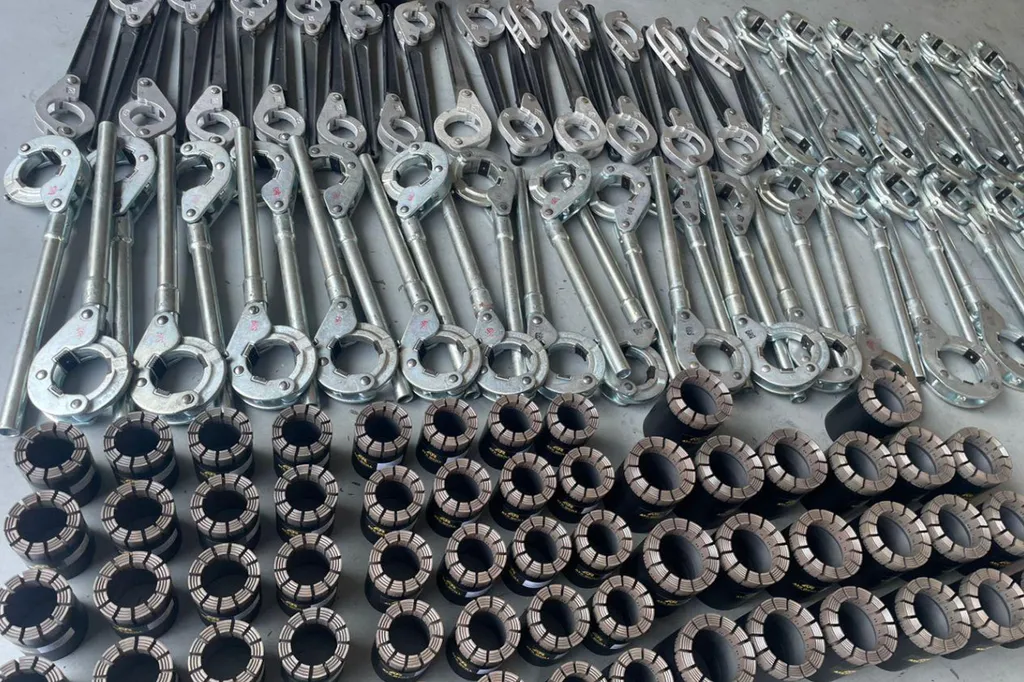In the ever-evolving world of drilling technology, a significant breakthrough has been made by Marina S. Popova, whose research promises to revolutionize the way we approach well drilling, particularly in challenging geological conditions. Published in the esteemed journal “Известия Томского политехнического университета: Инжиниринг георесурсов” (Tomsk Polytechnic University Journal: Engineering of Georesources), Popova’s work focuses on improving the design of diamond tools with end washing, a critical component in the drilling process.
The relevance of this research cannot be overstated. Modern drilling tools are constantly being upgraded to enhance the quality of well drilling, and Popova’s work is a testament to this ongoing innovation. The geometry of the core tool is crucial in increasing core yield and maintaining its integrity. Existing serially produced drilling tools have shown high indicators of well construction, solving problems of opening and sampling in difficult drilling conditions. However, the design of the drilling tool with end flushing ensures the penetration of the cleaning agent directly under its working end without contact with the core, preserving the mining and geological information of the sample.
Popova’s research is particularly relevant when sampling soft, heavily destroyed, or loose rocks. “The use of such a drilling tool is most relevant when sampling soft, heavily destroyed or loose rocks,” Popova explains. The main disadvantage of the design of the flushing system of the tool with end channels is the high probability of their sludge contamination, leading to negative consequences that reduce the technical and economic indicators of drilling and the potential of the tool.
Popova’s work analyzes the hydrodynamic processes occurring in the flushing system of the tool and in the bottomhole zone of the well, determining the causes of channel clogging. The modernization of the tool geometry aims to eliminate these causes and improve the circulation of the cleaning agent. “Eliminating any possibility of clogging of the end flushing channels contributes to the implementation of the full-fledged operation of the tool,” Popova states.
The commercial impacts for the energy sector are substantial. Improved drilling tools mean more efficient and cost-effective well drilling, particularly in challenging geological conditions. This can lead to significant savings for energy companies and a more sustainable approach to resource extraction.
Popova’s research also opens up new avenues for future developments in the field. By understanding and improving the hydrodynamic processes in the flushing system, we can expect to see more innovative designs and technologies that enhance the drilling process. This could include the development of new materials and technologies that further improve the efficiency and effectiveness of drilling tools.
In conclusion, Marina S. Popova’s research represents a significant step forward in the field of drilling technology. Her work not only improves the design of diamond tools with end washing but also paves the way for future innovations that will shape the energy sector. As we continue to explore and extract resources from increasingly challenging environments, the importance of such research cannot be overstated.

